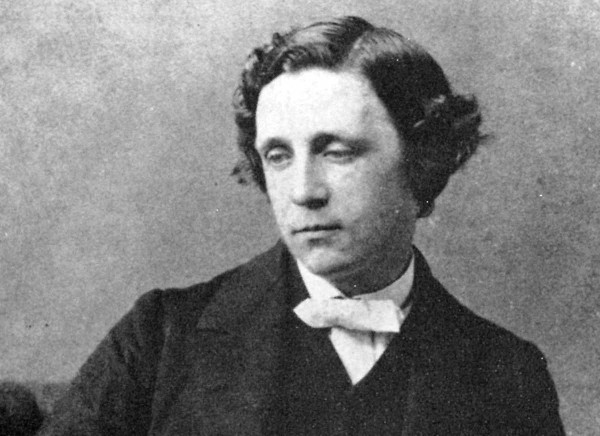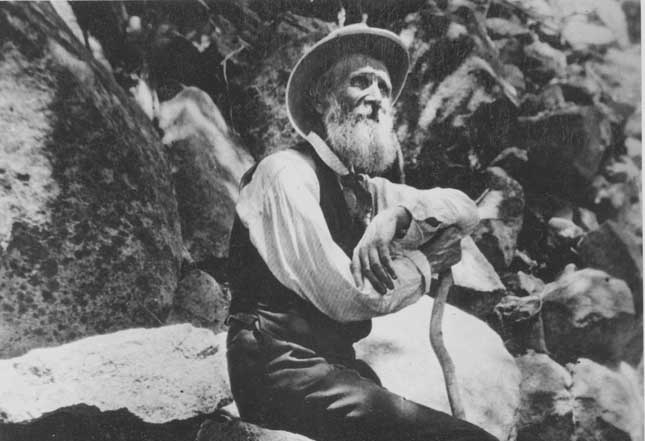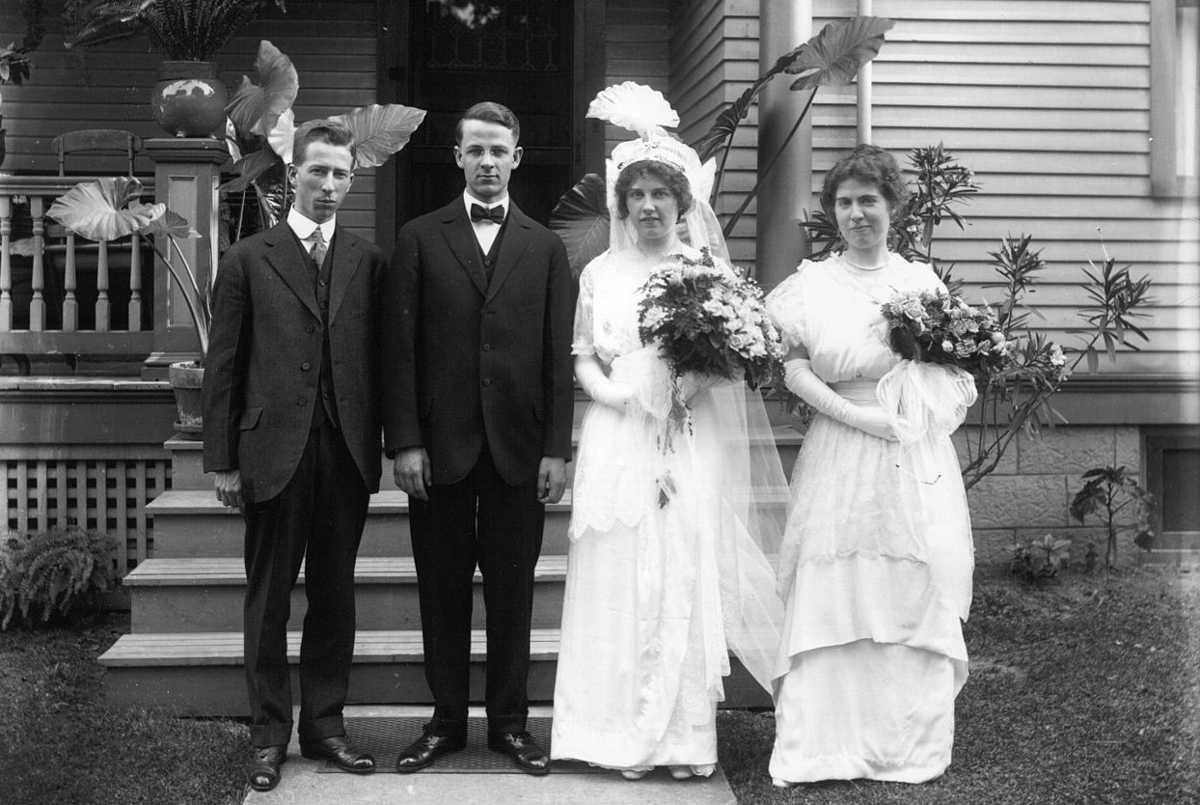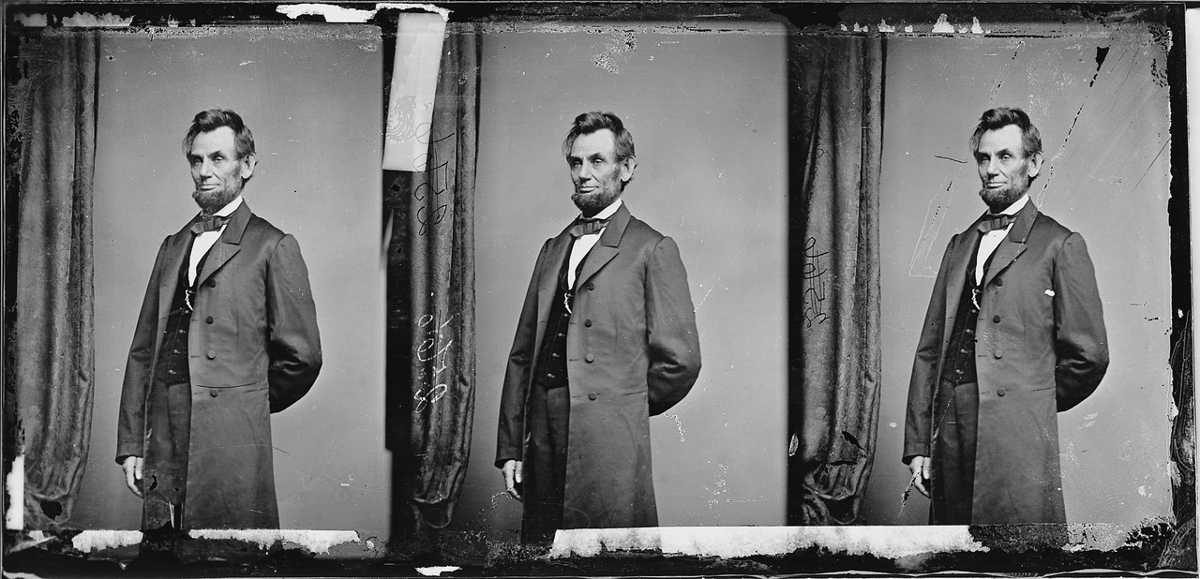
From the Daily Telegraph‘s obituary of Charles Dodgson, Jan. 15, 1898:
The sayings attributed to him at Oxford would fill an entertaining volume of Carrolliana. Among other things, his ‘etymology of the bell’ is still quoted with relish by scholars. There was a provisional belfry at Christ Church College, which was familiarly known to Oxonians of the time as ‘the meat safe.’ Mr. Dodgson, undertaking to explain this epithet etymologically, split up the word belfry into two parts — the French word belle and the German word frei (free). Then he went to work as follows:
Belle = beautiful = comely = meet (meat);
Frei = free = secure = safe
Result: ‘Meat-safe.’
His nephew, Stuart Dodgson Collingwood, wrote, “No one who was not by nature a lover of logic, and an extreme precisian in the use of words and phrases, could have written the two ‘Alice’ books.”





